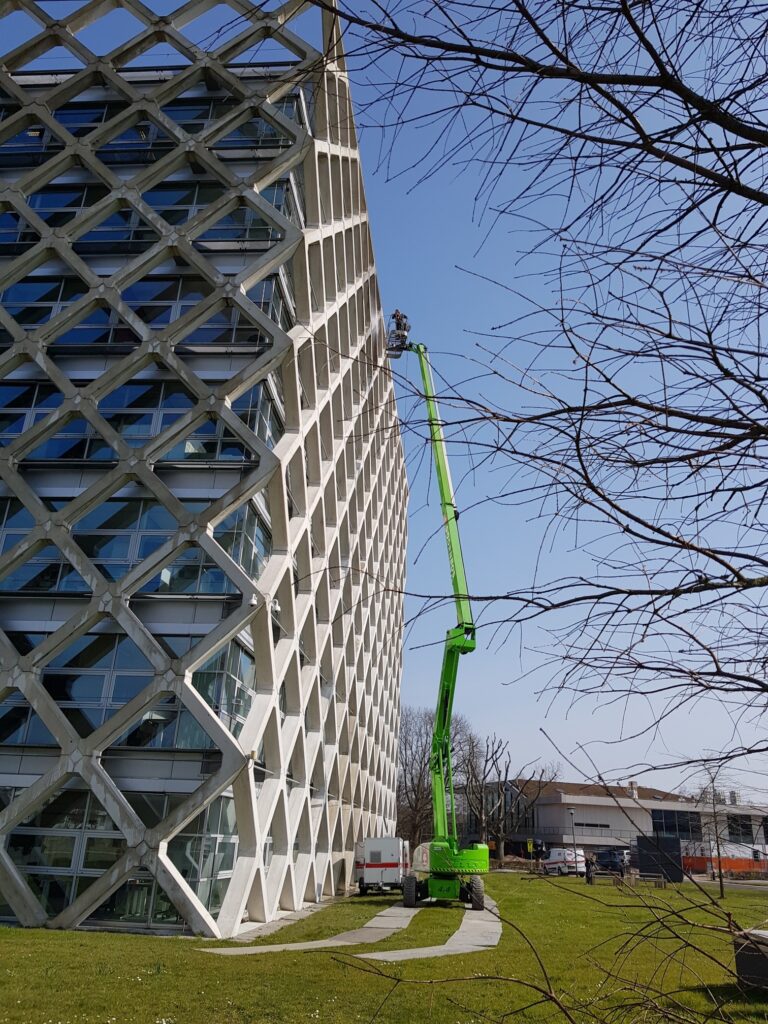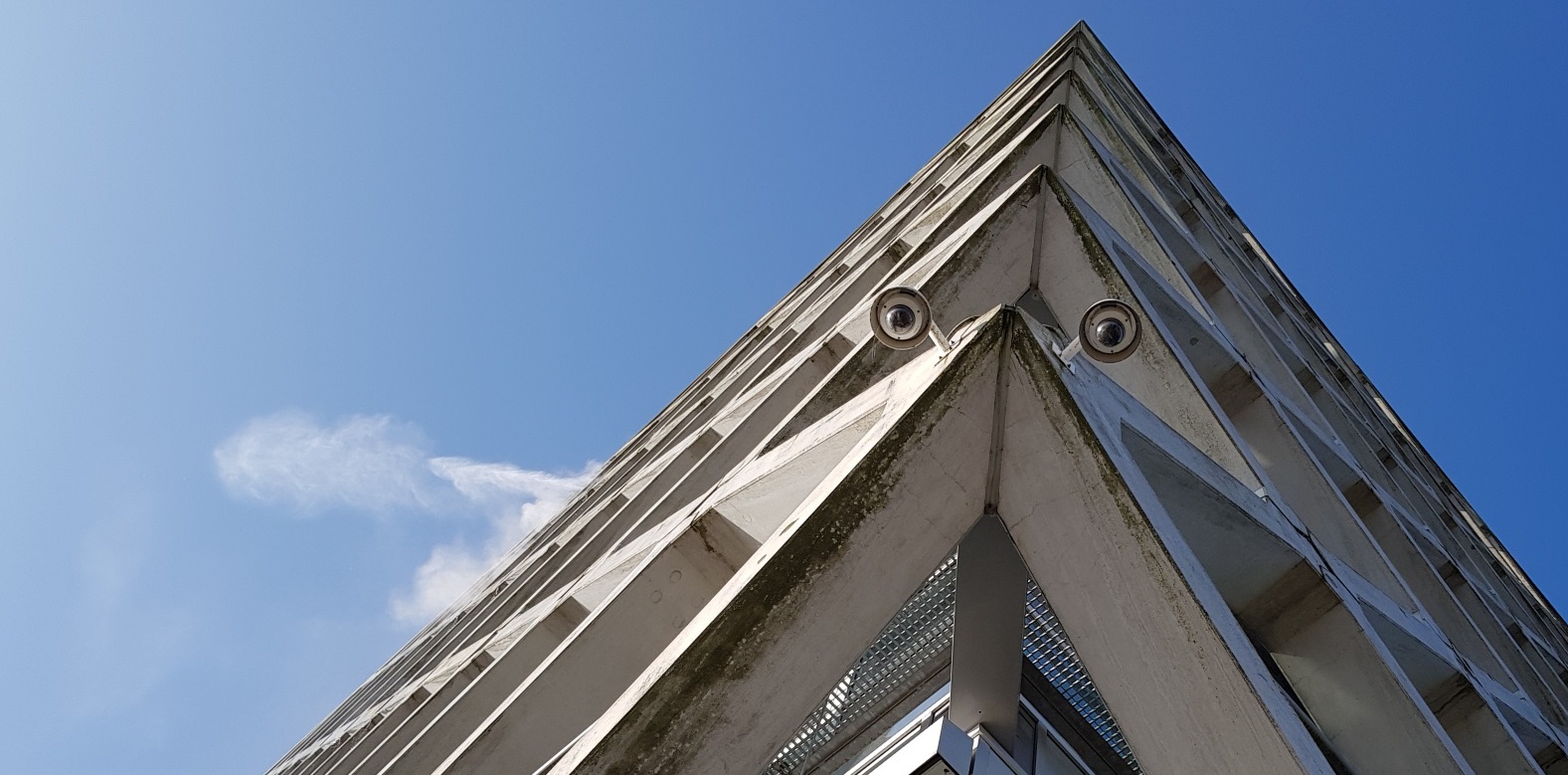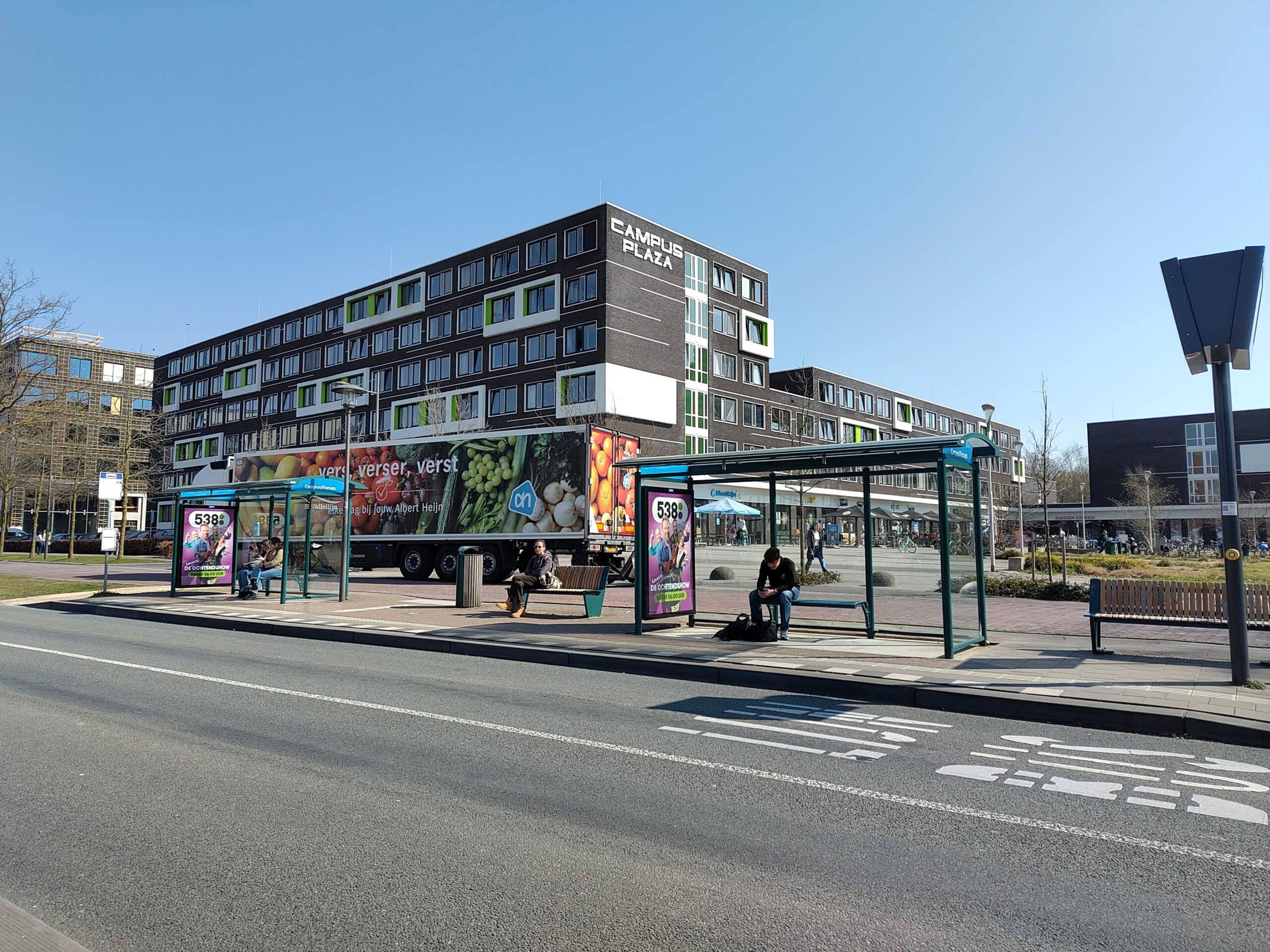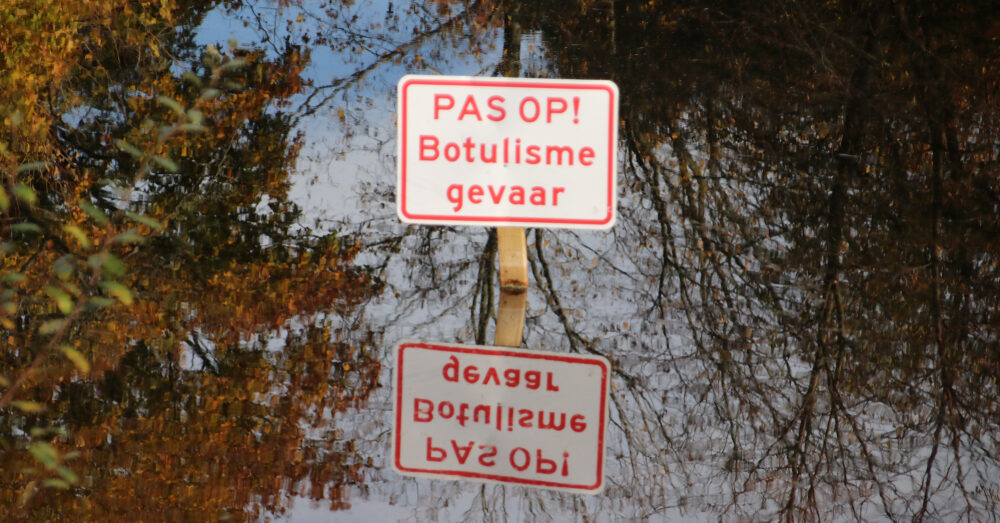Yes, says Jan Meeuwisz, mincing no words. As project manager of Architectural Maintenance, he is responsible for the recurring cleaning job. Cleaning is the only sustainable method of keeping the lattice of the Atlas building in shipshape.
The concrete cage surrounding the building is Atlas’ eye-catching feature. The cage is not just for aesthetics. It is actually the building’s bearing structure. What is typically concealed within the building was brought to the outside by the architects. What we see is the building’s exoskeleton. An unusual feat of architecture. But one that comes at a stiff price.
The exoskeleton requires quite some maintenance. Once every two years, says Meeuwisz. ‘And more frequently, as time passes.’ This is due to the gradual erosion of the outer layer of concrete, Meeuwisz clarifies. ‘Small pores and openings emerge in which dirt gathers.’

Algae
The dirt on the concrete is a mix of algae, air pollution, particulates, exhaust fumes and tyre grit. All buildings are affected. ‘You see this effect throughout the Netherlands, more so in the west than here’, says head of Construction and Accommodation Eric Steinebach. As a result, concrete becomes greenish, and water seeps down, leaving tracks.
Could a coating help? ‘The concrete has a coating’, Meeuwisz says. ‘The concrete has been treated with an invisible hydrophobic layer. It repels water. But UV rays affect the coating.’ Painting the building is out of the question. Steinebach: ‘That would impact the building’s look and also requires cleaning and maintenance. It is less sustainable and more costly.’
The concrete has been treated with an invisible hydrophobic layer
Jan Meeuwisz, Facilities and Services
So, a cleaning team comes to clean the concrete and windowsills every two years. A job that takes four weeks to complete. During that time, some 5500 m2, over half a hectare, of concrete and 4400 m2 aluminium windowsills are power washed, using 2.5 cubic metres of warm water per day, most of which evaporates. Only a small portion is recovered.
Plants
Cleaning the building costs some 40,000 euros. This is the fifth time the building is being cleaned since its construction in 2006. The original plan was to have green creepers cover the structure. But this plan was never effectuated. There are no suitable plants, and creepers would impact the concrete.
There is, however, a silver lining. ‘The dirt on the building’s façade proves that the construction removes particulates from the atmosphere,’ says Steinebach. ‘We remove the particulates with water and dispose of them. In a sense, the building cleans the air. There is some advantage to every disadvantage.’

 Photo Roelof Kleis
Photo Roelof Kleis 

